Overnight diaper leaks are inevitable, but they are especially frustrating for the bedsharing family. My baby’s diaper leaks ruined too many peaceful nights for the whole family, and I made it my mission to figure out how to prevent them.
Defend your family bed with absorbent or waterproof pads at specific points in your baby’s development, when diaper leaks are likely. To prevent leaks on an ongoing basis: add boosters to nighttime diapers, act preemptively, pay attention to position, night wean or limit fluid intake.
It’s hard to remember why you believe the benefits of bedsharing are worth the challenges at 3:18 AM with the pungent smell of baby urine stinging your nose. But take heart — there are a few simple things you can do to prevent them.

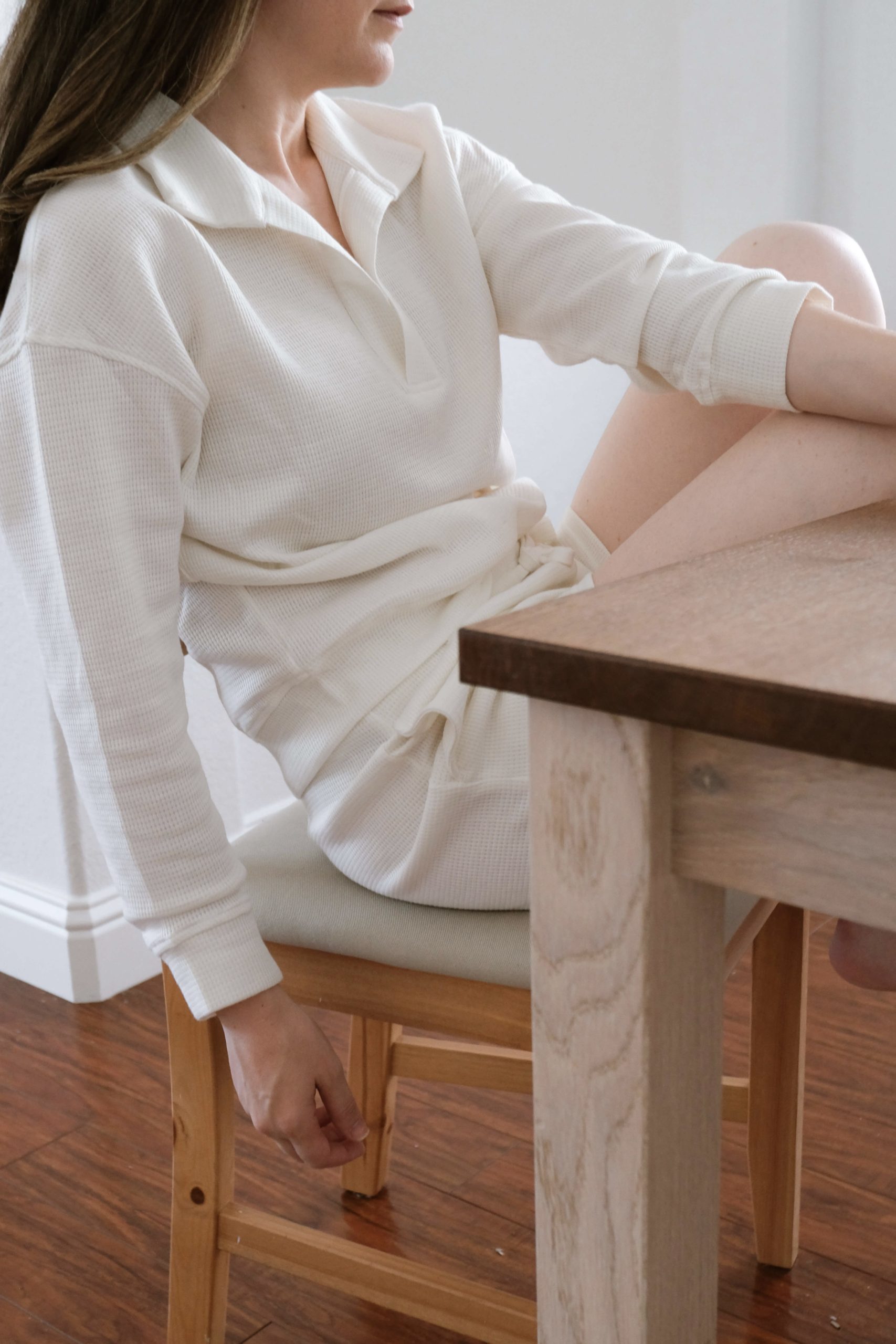
Prepare for leaks at certain points in your baby’s development
Most bedsharing parents first notice nighttime diaper leaks when their baby reaches four months. This coincides with a notoriously difficult sleep regression.
The four-month sleep regression, which can begin as early as three months, is when your baby is learning specific new skills due to heightened brain development. This particular period of time is so challenging, many mothers stop breastfeeding and switch over to formula.
There are a couple reasons diaper leaks occur at this point.
First, most babies are just beginning to roll, and they love to practice it day and night. If they happen to be moving at the moment they fill their diaper — it’s a perfect recipe for a leak.
Secondly, four months postpartum also marks the point in which a mother’s breastmilk supply transitions from being driven by hormones to supply and demand. Babies have evolved to wake up every 1-2 hours to nurse for this specific period of time, to ensure that their mother’s supply doesn’t dwindle after the transition.
As a result, the typical baby is consuming more breastmilk throughout the night than she used to. If a parent doesn’t increase the amount of overnight diaper changes, leaks will result.
Typically, babies experience sleep regressions at the following ages:
- 4 months
- 6 months
- 9 months
- 12 months
- 18 months
Be aware of your child’s upcoming sleep regressions, physiological milestones, and mental leaps. Are your toddler’s molars coming in? Is your baby experiencing separation anxiety for the first time?
To optimize your nightly routine, so you don’t get burned out in challenging times like these, check out my Bedsharing Beginner’s Guide. It shows you how to carve out 2-3 hours for yourself each evening.
These events do not necessarily mean diaper leaks will occur, but your baby is going through something major — and they might. It can’t hurt to keep this in mind and take extra precautions, just in case.
Safeguard your family & your family bed with a mattress protector
A mattress protector is a thin, waterproof slip-cover that hugs your mattress underneath the fitted sheet. It defends your entire mattress at once, which is valuable to parents who sleep with a toddler who loves to sleep sideways and spread-eagle.
If used consistently, a mattress protector will increase your mattress’ lifespan to 10 years.
And more importantly, it will protect the health of your child.
According to Philip Tierno, a microbiologist at New York University, a mattress protector can protect you from “a zoologic park of bacteria and debris that accumulates over the years” and can make you sick.
By adding a mattress protector, you’re protecting yourself from the billions of bacteria — sweat, lint, dust mites, animal dander, mucous, soil, sand, cosmetics, food, and insect parts, to name a few — that you’d otherwise be breathing in every night.
Business Insider
If you want your baby to sleep on the family bed — instead of on a new crib mattress, you have a responsibility to keep that bed as clean as possible.
Defend your mattress with absorbent or water-resistant pads
Place a puppy pad underneath your fitted sheet to absorb leaks. Puppy pads are large, thin pads intended for old dogs who have accidents or puppies who are potty training.
These pads are typically designed to hold 2-4 cups of liquid and are made up of thin layers of perforated cloth, paper tissue, gel, and waterproof film.
Make sure you use puppy pads that are not treated with synthetic pheromones.
To use puppy pads to keep your family bed dry, dress the bed in this order:
- Mattress protector
- Fitted sheet
- Puppy pad placed where baby will be lying
- Additional fitted sheet
This method makes midnight diaper leaks much less dramatic when they happen. If your baby’s diaper leaks, simply strip the bed of the top fitted sheet and wet puppy pad.
You will not need to go search for another fitted sheet in the linen closet — there will already be another one attached to the bed, ready to go!
The less time you spend up and moving things around, the faster and easier it will be for everybody to fall back asleep.
If you are concerned with the ramifications of using disposable pads or of exposing your baby to harsh chemicals, instead of using puppy pads place a water-resistant wool pad on top of your fitted sheet.
Wool is the perfect material for a baby’s brand new, sensitive skin. It is naturally flame-resistant, soft, and waterproof.
Your baby would be more comfortable sleeping on wool than a cotton towel, which would become soggy with a leak.
And she would be safer lying on wool than a synthetic fleece baby blanket, which could increase her body temperature and cause her to overheat.
In the case of a leak, your baby’s urine will bead up on the surface of the pad.
Keep a hand towel near your bed to soak up the puddle. And have a clean pair of footie pajamas handy to replace the wet ones.
Now let’s dive into how you can prevent diaper leaks from happening in the first place.
Add boosters to disposable or cloth diapers before bed
The vast majority of diaper brands sell a nighttime diaper, designed to be worn for 12 hours. Try a nighttime diaper in your child’s current size, as well as the next size up.
Pro Tip – If your baby isn’t big enough to wear a nighttime diaper yet (they usually begin at size 3), try one anyway!
If leaks are still occurring, consider adding a booster pad.
Cloth booster pads are designed to be tucked inside a cloth or disposable diaper. The most popular boosters are made of bamboo, hemp, or microfibre.
Disposable booster pads are designed to fit inside a standard disposable diaper — some come with an adhesive strip to hold it in place. They are often called doublers, as they absorb double the amount of a regular diaper. Most absorb 6-8 ounces of liquid.
Look for a disposable booster that is phthalate-free and does not contain latex, chlorine, or any added fragrance. This will protect your baby from developing a diaper rash, as she will likely be wearing this diaper all night.
Act preemptively by changing your baby’s diaper before you have to
It’s tempting to wait to change your baby’s diaper until absolutely necessary. Many mothers drowsily keep track of how full it’s getting throughout the night, and only choose to sit up and change it when it’s at capacity.
If you wait until the very last moment to change a diaper, you are playing with fire!
Instead, change your baby’s diaper the first time you wake up during the night. Maybe you wake up to help your baby latch on when she needs to nurse, or to adjust your pillow, or to stop your partner from snoring.
Whatever the reason — use it as your opportunity to change your baby’s diaper. (Even if it’s practically empty.)
Take your time. Make sure you flare out the ruffles on the diaper’s sides with your finger. And if you have a boy, make sure his penis is pointing down.
This will increase your odds of making it through the remainder of the night without suffering a leak. And you may not have to change it again until morning!
Pay attention to your baby’s sleep position & adjust if necessary
As your baby grows, nighttime wriggling will become the norm. Once they can roll onto their tummy, many babies will prefer to sleep in that position.
If your toddler is over a year and you feel comfortable with her sleeping on her tummy, be aware that this sleep position can lead to diaper leaks.
This may be the easiest technique to stop diaper leaks before they happen — it’s easy and free, and all it takes is a little detective work. Whenever you happen to wake up throughout the night, take a look at how your baby or toddler is lying. Is she on her tummy? Or side? Or her back, with one leg resting on the window sill?
If you observe your child in a particular position that you know has led to diaper leaks in the past, simply adjust her body. Gently shift her limbs or turn her over until she is in a sleep position that won’t lead to unnecessary leaks.
Night wean your toddler or limit her fluid intake before bed
The breastmilk a toddler receives throughout the night is a major factor in her physical and emotional development, and the possibility of a diaper leak pales in importance.
However, if you and your toddler are ready to stop nursing throughout the night, consider night weaning her. This will cut down on the amount of liquid she consumes overnight, lowering the chances of a leak.
Night weaning needs to be done slowly and gently. Spend the month beforehand reading Nursies When the Sun Shines to your toddler before bed. It’s not just a beautiful book, it comes with detailed instructions on how to night wean carefully and respectfully.
If your toddler is already night weaned, move up her last meal or snack of the day. This will lower her fluid intake close to bedtime. For instance, if you regularly give her a small glass of milk or water after dinner, have her drink it with dinner.
If you stop giving her liquids a couple hours before bed, she will use her diaper less throughout the night.
Safety Tip – Speak with your pediatrician about either of these techniques, to ensure your toddler is healthy enough for you to decrease her fluid intake.
Disclaimer: If you make a purchase through an affiliate link, I may receive a small commission at no additional cost to you.
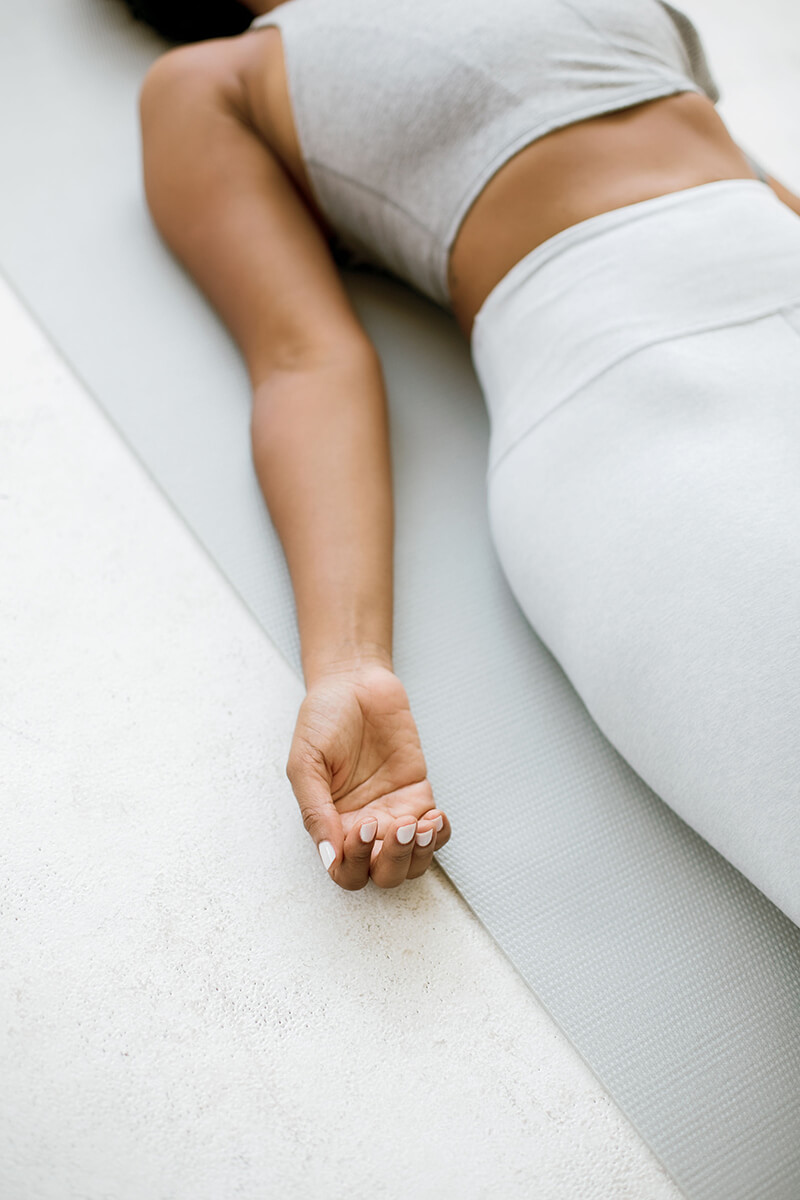
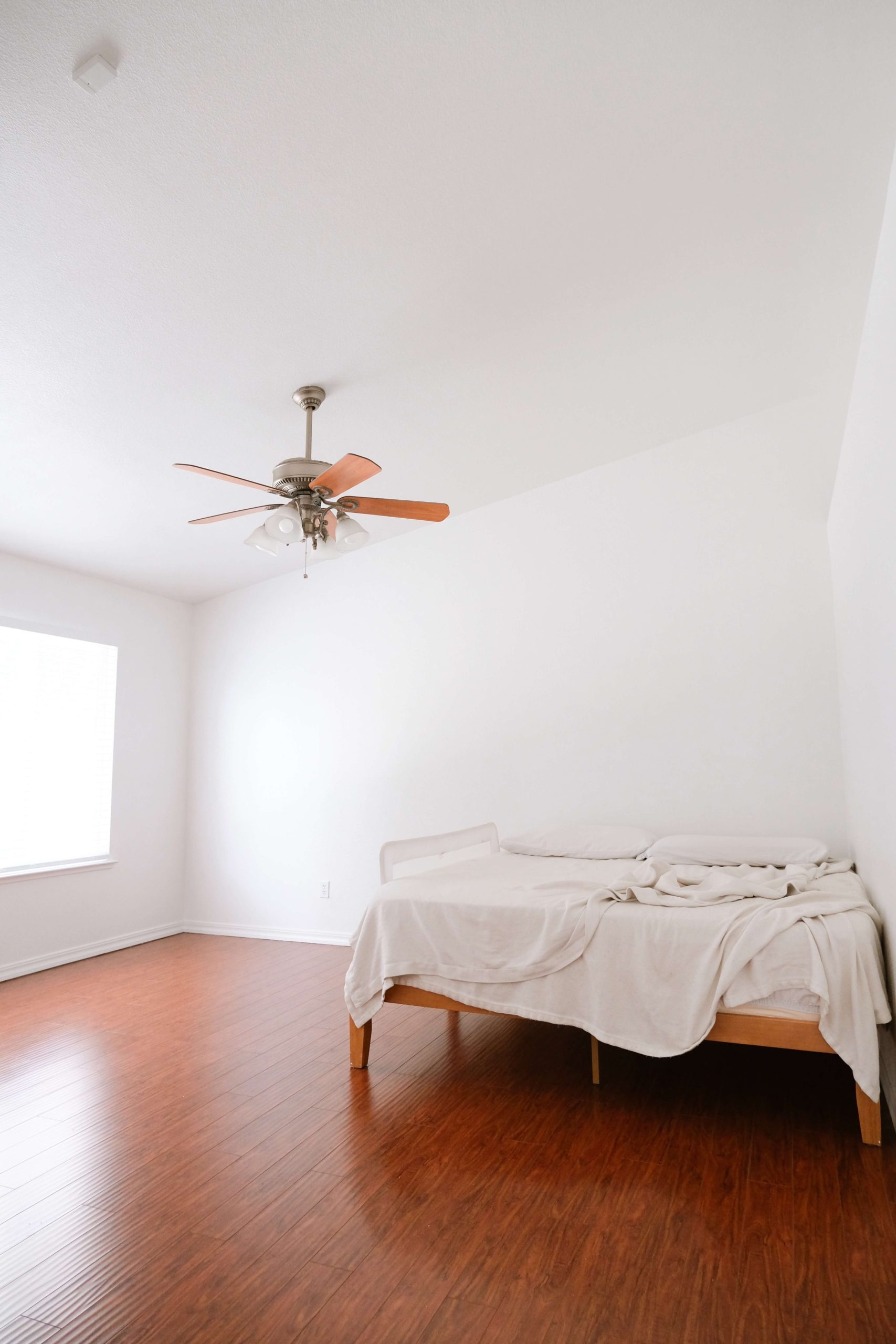
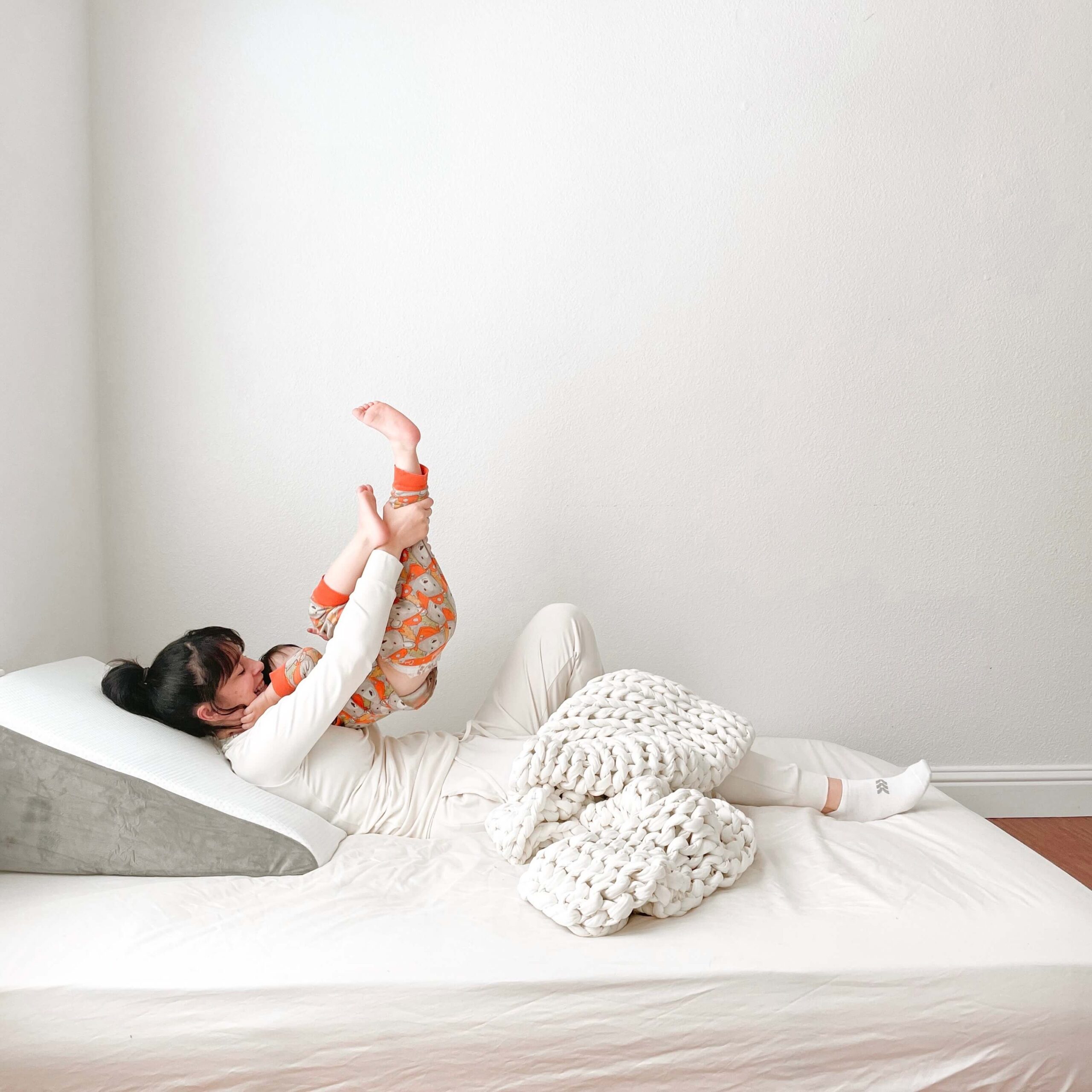
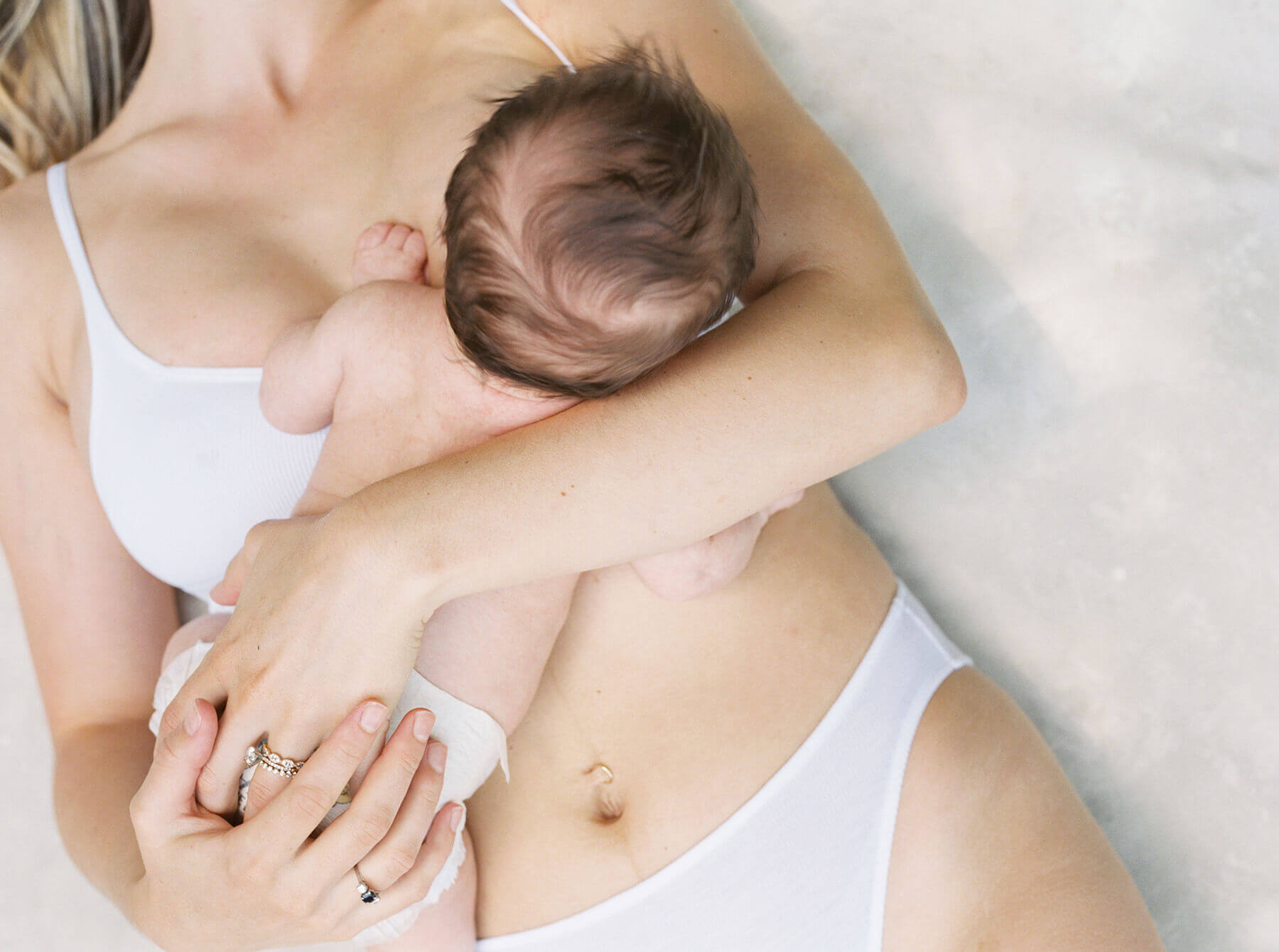
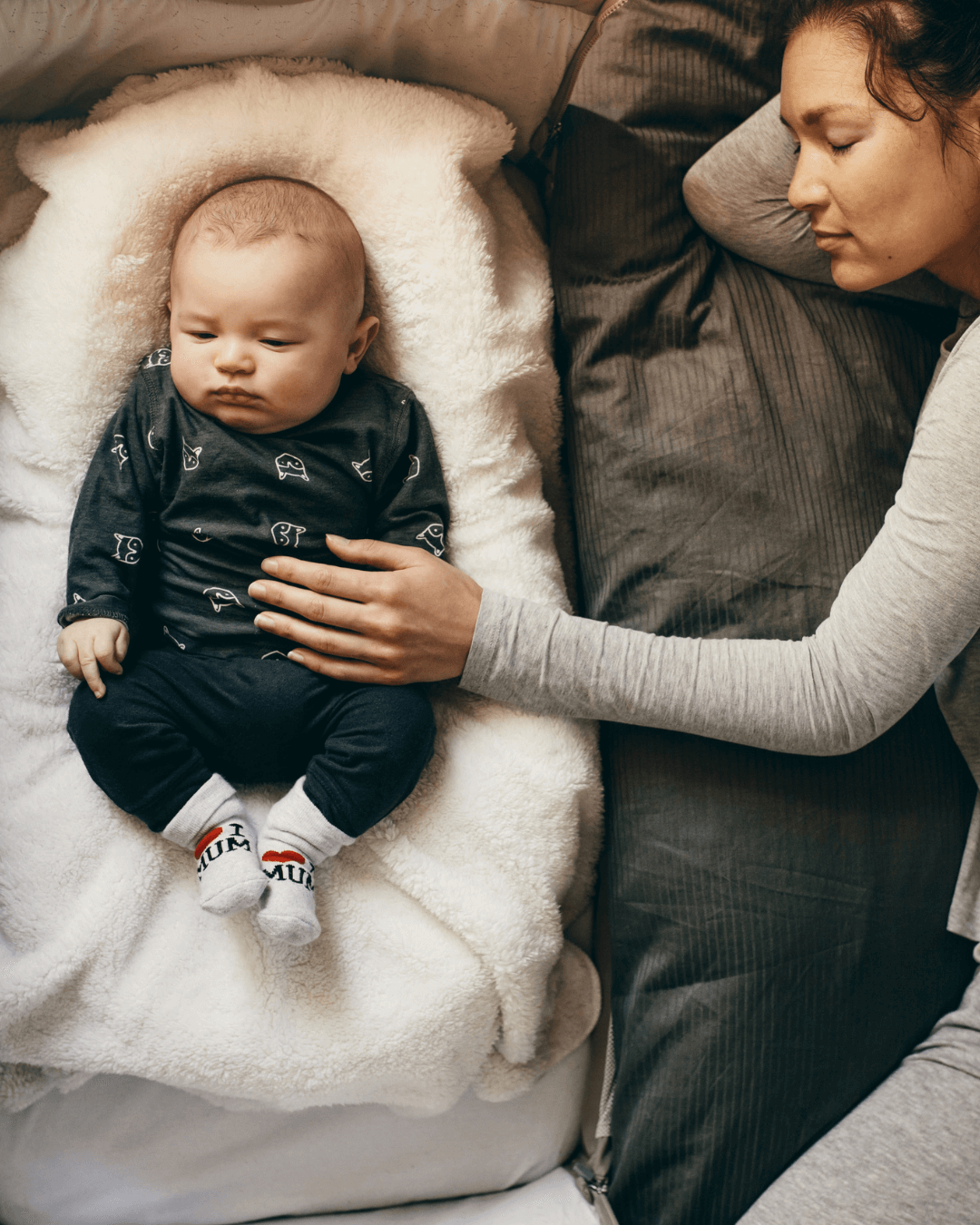

[…] after you’re “finished” with the transition, expect things like teething, potty learning, or sleep regressions to interfere for weeks at a […]
[…] husband and wife who bedshare with their five-month-old daughter. Baby is going through the dreaded four-month sleep regression and has been waking up every single hour to […]